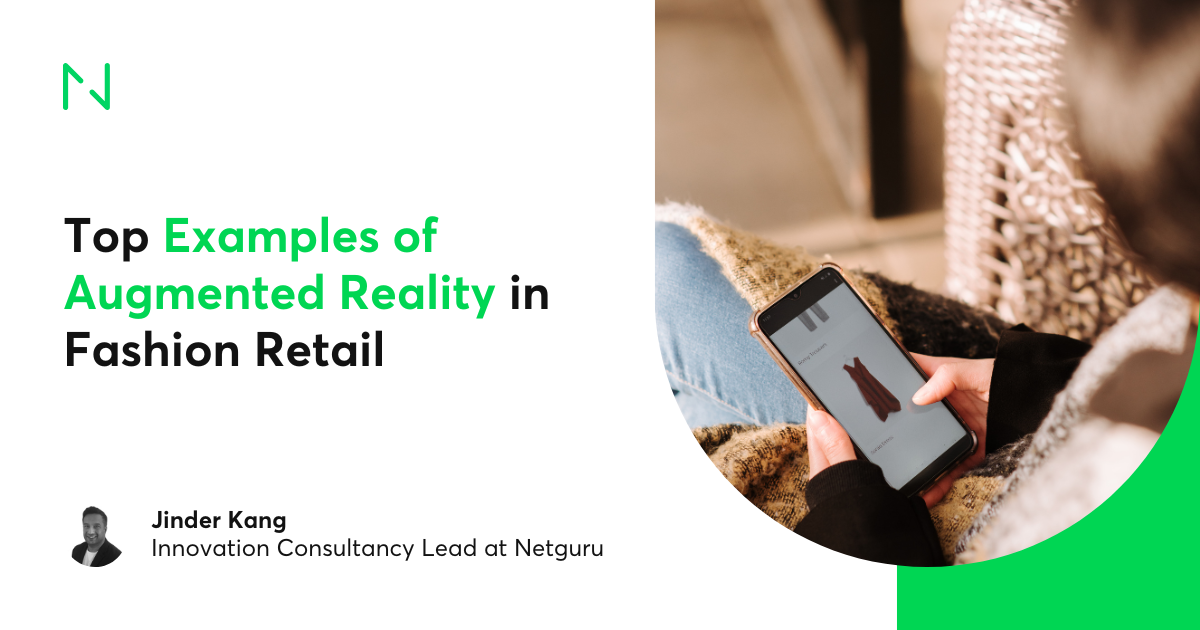Exploring the Impact of Augmented Reality in Fashion Retail: Examples and Benefits
Augmented reality (AR) is revolutionizing the way customers shop for clothes, jewelry, makeup, and other personal accessories. While the concept of using AR to enhance the shopping experience is appealing to customers, the real question is whether it can deliver tangible business outcomes for fashion retailers.
According to a Deloitte report, 71% of shoppers are more likely to shop frequently when using AR-powered apps, and 40% of consumers are willing to pay more if they can test a product in AR. This indicates that AR has the potential to not only provide an engaging shopping experience but also drive sales and help retailers achieve their business objectives.
Let’s take a look at some of the top examples of how fashion brands are leveraging AR to enhance the shopping experience for their customers:
1. H&M: Get dressed in the metaverse
H&M introduced a virtual clothing line in 2022, allowing customers to “try on” virtual garments by submitting a photo of themselves. This innovative approach combines new technology with gamification to engage customers and explore creative avenues.
2. Burberry: Elevating the brand experience with AR
Burberry has integrated AR into various online channels, partnering with Google to bring the in-store shopping experience to online shoppers. By offering 3D views of products and enhancing personalized luxury commerce, Burberry has successfully managed customer expectations and increased engagement.
3. Zalando: Try On
Zalando, a leading online fashion retailer in Germany, introduced a virtual dressing application called “Try On” on Snapchat. By utilizing AR technology through Snapchat’s Lenses, users can virtually try on selected products from Zalando’s own brands, enhancing the online shopping experience.
4. Lily: Virtual fitting room in non-store locations
Lily, a womenswear brand in China, installed smart mirrors powered by VTO at a Shanghai metro station, allowing commuters to virtually try on clothes in real time. This immersive experience brought the brand’s collection to a non-store location with high foot traffic, offering a unique way for customers to discover their products.
5. Fendi: Maintaining relationships with loyal clients
Fendi introduced virtual dressing rooms to recreate the in-store shopping experience for loyal clients during the pandemic lockdown. By using AR-enabled technology, Fendi connected clients with advisors remotely, providing a personalized and interactive shopping experience.
6. Adidas: Highlighting sustainability with AR
Adidas has used AR to showcase their sustainability initiatives, hosting gamified mobile AR experiences and QR code activations to educate customers about their sustainable practices. By integrating AR into their campaigns, Adidas has successfully engaged customers and highlighted their commitment to sustainability.
Overall, augmented reality in fashion retail offers immense possibilities for both retailers and consumers. By leveraging AR to its full potential, retailers can provide an immersive shopping experience, increase revenue, reduce item returns, boost brand profile, and ultimately drive sales and deliver business results. AR is not just a hype but a game-changer in the fashion industry, offering innovative ways to engage customers and enhance the shopping experience.
